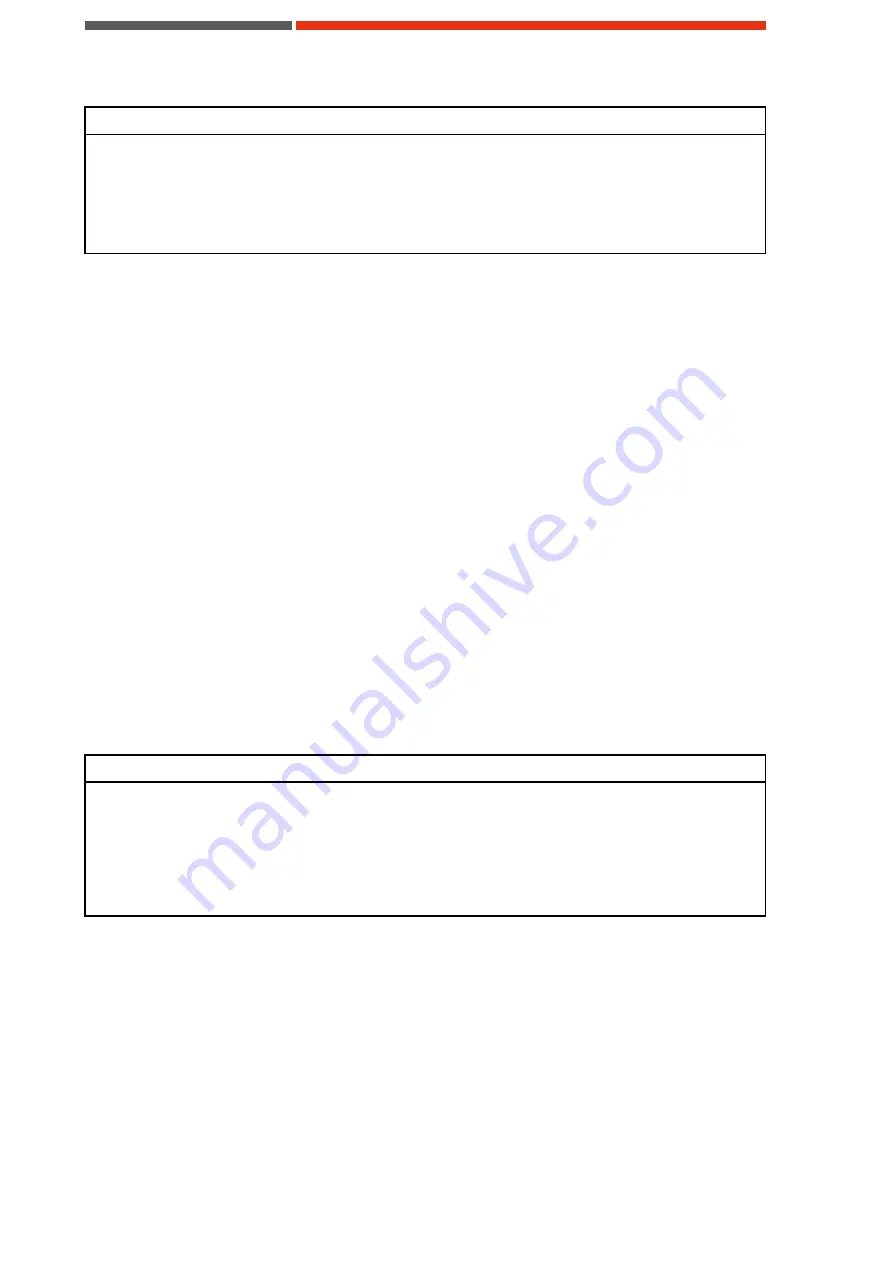
Maintenance and cleaning
45
NOTE
Damage to the fins of the heat exchanger due to improper handling of the unit.
Damaged fins of the heat exchanger lead to a reduced cooling capacity.
Take care not to damage the fins of the heat exchanger when cleaning the heat exchanger.
If the fins of the heat exchanger are not in a suitable condition, you must only start to use the
unit when the damage has been rectified.
Cleaning the heat exchanger
Requirements
Unit prepared for maintenance, see "Preparing the unit for maintenance".
Unit cover removed, see "Removing and mounting the unit cover".
Tools and material required
–
Vacuum cleaner
–
Compressed air pistol/ pressurized air spray
–
Hand brush
–
Brush
Procedure
Clean the heat exchanger with a vacuum cleaner, hand brush or brush.
Clean the heat exchanger with compressed air opposite to the direction of air entrance
into the unit (i.e. from the inside out).
Remove any contamination from the ventilation grid.
Start up the unit, see "Putting the unit into operation".
The heat exchanger is now clean.
9.11. Cleaning the casing
NOTE
Risk of damage by use of improper cleansing material!
When using aggressive or abrasive cleaning agents corrosion damage may occur as result of a
damaged paint film.
For cleaning the unit body only use mild cleaning agents (e.g. dish washing detergents).
Use clean and lint less cloth for cleaning.
Regularly remove dirt from the casing of the unit to prevent corrosion damage and clogging of the
air grids. Pay attention that all plates at the unit are always clean and legible.












































